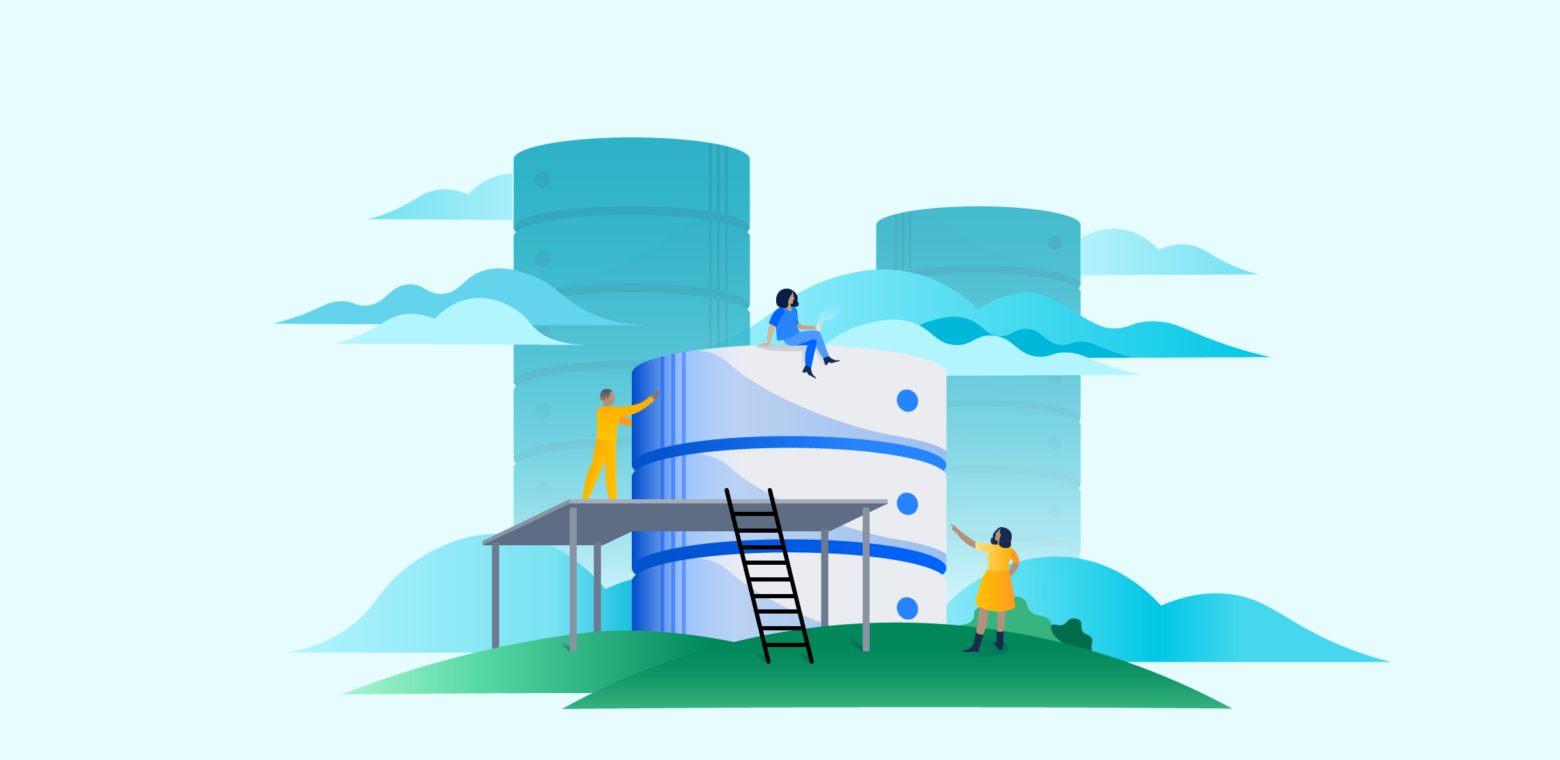A single hour of downtime can cost you thousands in revenue. And the only thing worse than losing hours to outages is spending even more time trying to mitigate them, especially when the agility of your infrastructure and maintenance is critical to your user experience, data integrity, and ability to reduce risks.
That’s why we took downtime head-on in Data Center, our enterprise product edition, with enhancements such as clustering architecture, and features like zero-downtime upgrades and read-only mode. But we didn’t stop there – because enterprise applications require database solutions with higher fault tolerance, and you need an easy way to implement stability at scale. On that note, we’re tackling database durability and announcing our support for Amazon Aurora, a relational database built for true high availability as your transaction volume increases over time. Now, you can reap the benefits of Data Center stability on another level, in combination with a database that’s designed for resiliency in itself.
Stability across the stack
Data Center already enables the use of a distributed architecture by using a load balancer, which allows you to distribute traffic across nodes so your application can handle more load overall. If one node fails, you have multiple copies to rely on without any disruption in service to your end-users, and work isn’t at risk by a single point of failure.

On top of that, Amazon Aurora is an OLTP (Online Transactional Processing) database purpose-built for distributed architecture. Its design enables your primary database (“writer”) to replicate to backup copies (“readers”) in real time across multiple Availability Zones. Our supported implementation of PostgreSQL-compatible Amazon Aurora lets you set up as many readers as you want with a single writer database. Should the writer fail, Amazon Aurora will seamlessly promote one of the readers to become the new writer database in no time. This provides an additional layer of resilience across the full application stack, and a reliable experience for your workforce as you scale.

What we learned
We dogfood nearly all of our features before we release them, and when conducting failover testing for our master Amazon Aurora database across Availability Zones, it took only 90 seconds for a replica to promote itself to the master database and fully reconfigure its connection with the Jira application. We also learned that the automated point-in-time recovery of Amazon Aurora simplified our backup and restore process significantly, saving us countless hours of overhead. In fact, our team even pushed to continue using Amazon Aurora past our testing phase, and we’ve now integrated it into our standard infrastructure to increase efficiency.

An hour saved is an hour earned
Every hour counts when it comes to your productivity, and more than 85 percent of our Data Center customers are leveraging some form of virtual architecture to deploy their Atlassian products in order to reduce their infrastructure maintenance and costs. With the shift towards IaaS like AWS and Azure, stability at scale is top of mind for every team, especially when it has such an impact on the bottom line.
Enterprises require durable environments designed to grow with your team. To learn about Data Center on AWS and the benefits of deploying in a hosted environment, check out our webinar.
Looking to get started with Amazon Aurora for Data Center? It’s available now for Confluence, Jira, Jira Service Desk, and Bitbucket!

